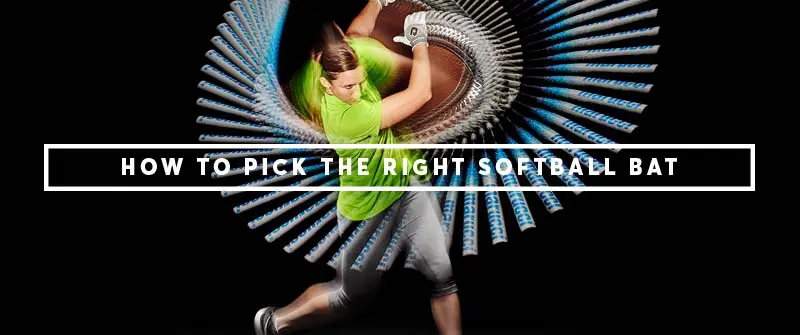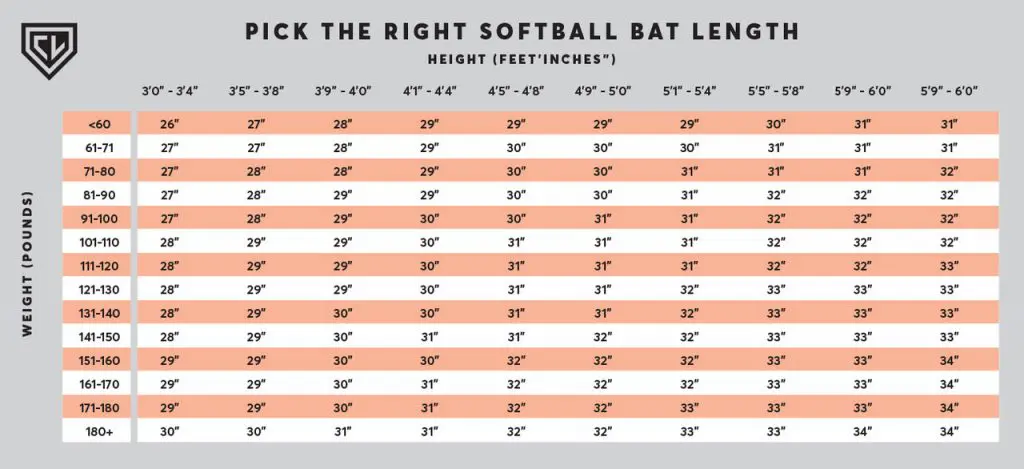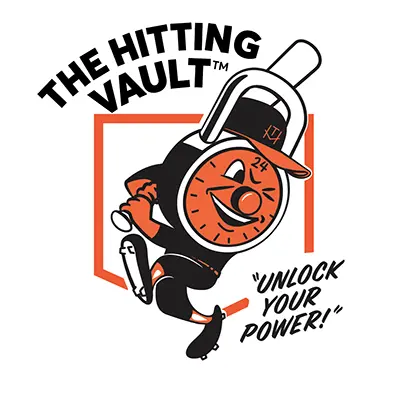How to Pick the Right Softball Bat

Table of Contents
The question about how to pick the right softball bat can be one of the most important, and difficult decisions you can make as a hitter. Ultimately when picking a softball bat, it will come down to comfort and feel. There are guidelines for heights and weights and certain drop sizes but it really depends on what you feel comfortable with.
Explaining “Drop”
When purchasing or discussing how to pick the right softball bat, you will often hear the phrase “it is a drop…” this phrase describes the difference between the length of the bat and its weight. Different leagues and governing bodies in softball have regulations for what drop bats can be used. There are five major governing bodies for fastpitch softball. They are USA Softball, United States Specialty Sports Association (USSSA), Independent Softball Association (ISA), National Softball Association (NSA), and the International Softball Federation (ISF). The ASA has the most strict guidelines for bats, so if the bat is ASA certified than it likely will be good to go in the league you play in.
Explaining Bat Technology
For softball, there are two main technologies that the consumer gets to pick from, composite and alloy. Composite bats are made from layers of metal — mostly carbon fiber — that can be distributed through the bat giving it either a balanced or end loaded feel. Composite bats can help eliminate the stinging sensation caused by miss-hits and typically have larger sweet spots than alloy bats.
Alloy bats, also known as aluminum bats, are more common in youth softball and players at the Little League level. Aluminum bats have been used for years as they are a combination– not layers– of two plus metals. If you’ve ever heard the sound of solid contact with an aluminum bat, you’ll notice the loud “Ping” noise that you won’t find as much with a composite softball bat.
Youth Softball Bats
For youth softball, the guidelines to picking a length and weight of bat are shockingly similar to picking the right baseball bat. However, there are more suggestions for softball with what drop bat you should be using. According to most research that you’ll find online, most bat companies will suggest that ages 8 and under use a -12 to -14 bat, a -12 to -10 for ages 8-14, and for 14 and over an -11 to -8.
So for youth softball bats we should be looking at -12 down to a -14 bat. Examining this chart should be a helpful tool in selecting a proper length for a bat.

If you have you hitters that need to pick the right softball bat, you should likely pick a bat that is either 26 or 27 inches. Going by the guidelines above, that would be anywhere between 12 and 15 ounces. Like selecting baseball bats, you want the bat to come up to just about hip height, no further, for the hitter. This will give you the most control of the bat during your swing.
A great guideline for selecting the right softball bat is to take the bat and put the knob in the middle of your chest, and if you can grab the barrel with your hand, then you have found a good length. At the end of the day, your bat choice comes down to feel and strength. It’s important as a hitter to always feel explosive and have good bat speed, it’s up to the hitter to figure out a happy medium on the weight and size of their bat.
Teen and Adult Bats
Softball has two main types of weighted bats in balanced and end-loaded. For more power, hitters will tend to use end-loaded bats because of the way they create whip through the strike zone. The whip that is created will help hit the ball with more force when solid contact is made. These bats will feel a little heavier, as the extra weight is often in the barrel or near the end of the bat.
The balanced bat will not feel as heavy due to the weight being distributed evenly throughout the bat. Which bat is better? That all depends on feel. As a hitter, it is completely up to you to chose the type of bat that helps you feel the most comfortable, and most importantly, has no adverse effects on the mechanics of your swing.
Should I Swap Bats Depending on the Velocity of Pitching?
One question that we get asked a lot at The Vault is about faster pitching. We’ve seen it at local softball fields for years. The coach or parent tells their hitters to pick up a lighter bat when they see a pitcher with higher velocity. This is not the approach that we teach here at The Hitting Vault.
When we see higher velocity from opposing pitchers, our focus should change to our load and gather phase of our swing. For higher velocity pitching, we start our load earlier, and in contrast with slower pitching, we’ll slow things down and start our load a little later.
Our suggestion would be to first ask your coach or league what certified bats they use, whether it is USSSA, or ASA, etc, but leaning towards purchasing an ASA certified bat would be the safest bet out of all of them. For ASA certified bats that you can use, click here.
Regarding NCAA bats, they have their own set of certifications that they impose on their bats. While the rules are very similar, there are no guarantees that ASA bats are qualified for NCAA play.
Recap
Once you get a sense of your strength, skill level, and mechanics at the plate, picking a softball bat becomes much easier. Through the years you will have the chance to try different bat technologies as well and you’ll begin building that feel for the bat that suits your style most.
There is no right answer in picking the right softball bat, at the end of the day it comes down to feel and what enables you to do the most damage at the plate!
Final Words of advice from The Vault Staff on selecting the best fastpitch softball bat…
“A $400 bat with a 40 cent swing is no better than a $10 bat from Goodwill. Focus on your mechanics first, and the results will come!”



